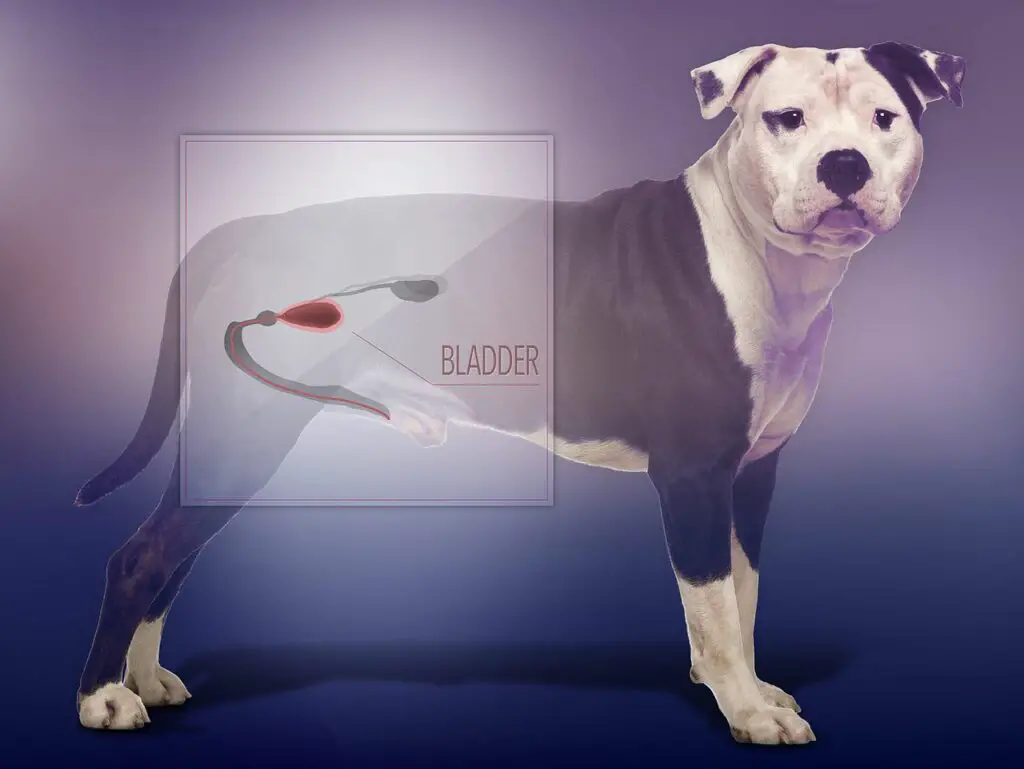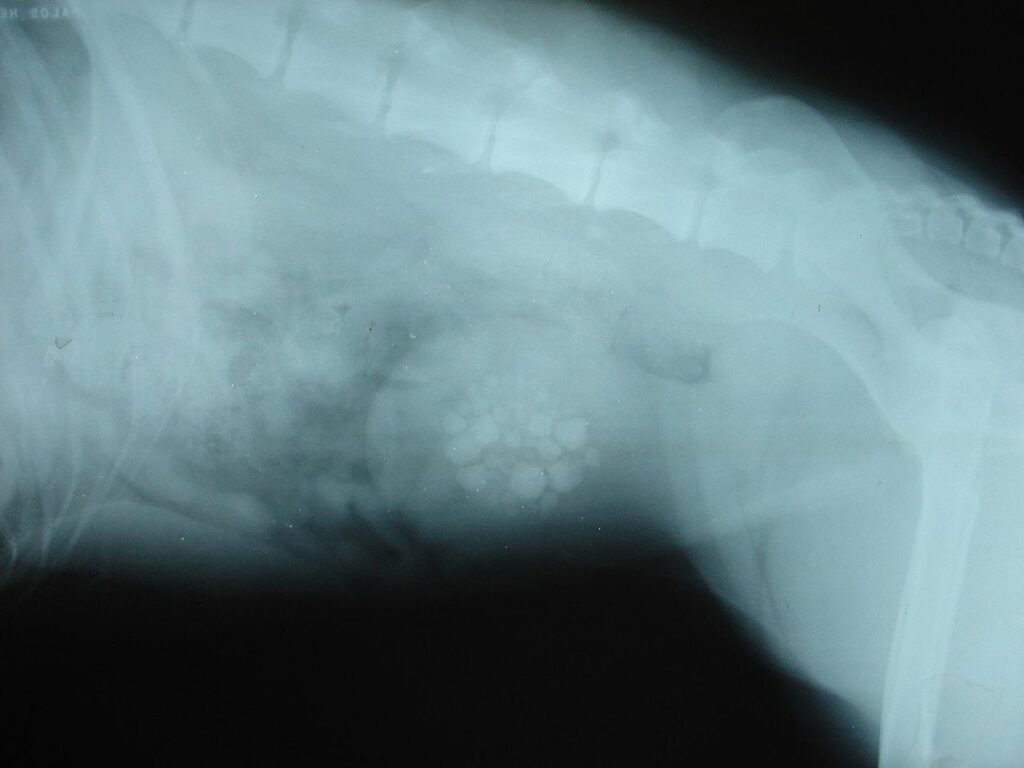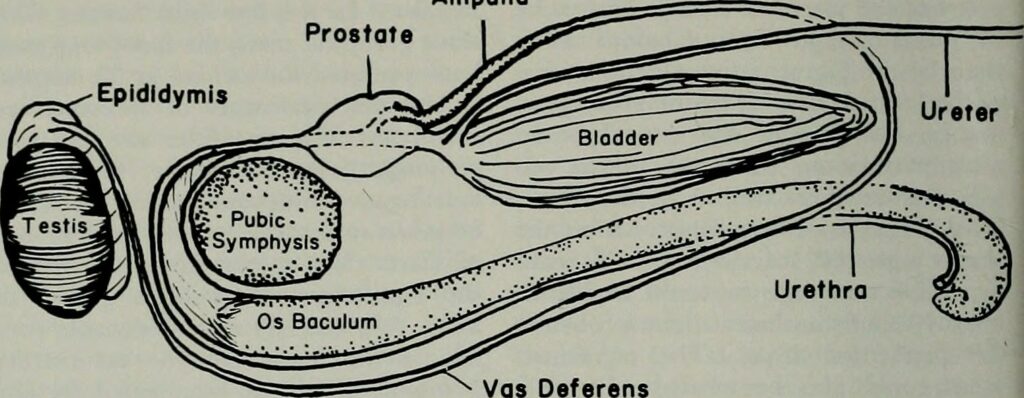As a pet owner, it can be concerning to see your furry friend experiencing difficulty urinating or showing signs of discomfort during the process.
There are several reasons why dogs may have urinary problems, ranging from common issues such as urinary tract infections to more serious medical conditions like bladder stones or prostate enlargement.
It’s important to understand the signs and symptoms of urinary problems in dogs, as well as how to help your furry friend get the appropriate medical attention they need.
In this article, we’ll discuss the various urinary problems that dogs may experience and offer advice on how to prevent and manage these issues.
Whether you’re a new pet owner or a seasoned one, understanding urinary problems in dogs is an essential aspect of caring for your furry friend.
With proper education and care, you can help ensure that your canine companion maintains optimal urinary health and enjoys a happy and healthy life.
7 Reasons Why Your Dog Is Unable To Urinate
1. Urinary Tract Infection

As a veterinarian, I understand how important it is that your furry friend’s health needs are met.
That’s why I would like to take the time to discuss why your dog may not be able to urinate due to a urinary tract infection.
The Problem
Urinary tract infections (UTIs) are caused by bacteria that enter the bladder and cause inflammation.
In some cases, the infection can spread to the urethra and kidneys if left untreated, leading to serious health complications.
When a UTI occurs, it can affect your dog’s bladder and urethra, making it difficult or impossible for them to urinate.
Signs and Symptoms
Dogs with UTIs may experience a variety of symptoms, including painful urination, frequent urination, urinating in small amounts, and blood in the urine.
They may also appear to be uncomfortable or restless, and may even cry out in pain.
The Solution
If you suspect that your dog has a UTI, it is important to take them to a veterinarian right away.
The veterinarian will perform a physical examination and may take a urine sample to confirm the infection. Then, they will prescribe antibiotics to treat the infection.
In addition to medication, you can help your dog by encouraging them to drink plenty of water to flush out the bacteria.
Also, avoid giving your dog any urinary acidifiers or any medication without consulting your vet first.
If left untreated, a UTI can lead to serious health complications, including kidney failure.
Therefore, if you suspect that your dog might have a UTI, don’t hesitate to bring them to a veterinarian to get the right treatment.
Remember, prevention is also key to keeping your dog’s urinary health in check. So, make sure to keep their environment clean and safe, and promote good hygiene practices.
7 Reasons Why Your Dog Is Unable To Urinate
2. Bladder Stones

One common cause of urinary problems in dogs is bladder stones. Here’s what you need to know about this issue.
The Problem
Bladder stones are mineral deposits that form in the bladder when minerals present in the urine crystallize. Bladder stones can cause severe pain and inflammation, leading to difficulty urinating or even complete blockage of the urinary tract.
Signs and Symptoms
Symptoms of bladder stones include straining to urinate, urinating frequently in small amounts, pain while urinating, and blood in the urine.
Your dog may also show signs of discomfort or restlessness, and may even lick their genitals more than usual.
The Solution
If your veterinarian suspects that your dog may have bladder stones, they will typically conduct a physical examination and perform diagnostic tests, such as x-rays or ultrasounds, to confirm the diagnosis.
The treatment for bladder stones depends on the size and location of the stones. Smaller bladder stones may be dissolved using a special diet or medication. In other cases, bladder stones may need to be surgically removed.
Surgery can be done through traditional surgery or minimally invasive surgery, like laser surgery. After surgery, your dog may need to stay in the hospital for observation and recovery.
To prevent bladder stones, make sure your dog stays hydrated and provides them with a balanced diet. Clean their environment regularly and take them for regular check-ups with a veterinarian.
Don’t hesitate to contact your veterinarian if you notice any changes in your dog’s behavior, especially difficulty urinating or other signs of urinary issues. Detecting and treating bladder stones early can prevent serious health problems later on.
7 Reasons Why Your Dog Is Unable To Urinate
3. Prostate Enlargement

One common prostate-related problem in male dogs is prostate enlargement.
Here’s what you need to know about this issue.
The Problem
An enlarged prostate is a common problem in intact male dogs, especially as they get older. The prostate gland sits at the base of the bladder, and when it enlarges, it compresses the urethra.
This can result in difficulty urinating, and potentially life-threatening urinary blockages.
Signs and Symptoms
Signs of prostate enlargement may be subtle at first, but they can worsen over time. Some of the most common symptoms of prostate enlargement include straining to urinate, hesitancy to urinate, frequent urination in small amounts, blood in the urine, and pain while urinating.
Your dog may also show signs of restlessness and discomfort, and may even refuse to eat or drink water.
The Solution
If you suspect that your dog has an enlarged prostate, it is important to take them to a veterinarian right away. The veterinarian will perform a physical examination and may take a blood test to determine the level of the prostate-specific antigen (PSA).
Treatment for prostate enlargement depends on the severity of the condition. Mild cases may require medication to reduce the size of the prostate, while more severe cases may require surgery.
Neutering your dog can also reduce the risk of prostate enlargement. If your dog is showing any signs of prostate issues, it is important to consult with a veterinarian to discuss the best course of treatment.
In addition to medical treatment, you can help your dog by providing them with plenty of water and encouragement to urinate. Try reducing the amount of time they spend in the car, and avoid any rough or intense activity that could cause further pain or discomfort.
Remember, prevention is key to keeping your dog’s prostate health in check. Make sure your dog stays active, and take them for regular check-ups with a veterinarian. With proper care and attention, your furry friend can enjoy a happy and healthy life.
7 Reasons Why Your Dog Is Unable To Urinate
4. Medications

Certain medications can cause urinary retention and difficulty urinating as a side effect. Here’s what you need to know.
The Problem
Certain medications, including certain painkillers and antidepressants, can cause urinary retention in dogs.
This means that the bladder muscles can’t contract properly, making it difficult or impossible for your dog to empty its bladder.
Signs and Symptoms
Symptoms of urinary retention in dogs may vary, but they can include frequent attempts to urinate with only a small amount of urine produced, straining or difficulty during urination, and blood in the urine.
Your dog may also appear to be in pain or discomfort, and may even avoid eating or drinking.
The Solution
If your veterinarian suspects that your dog is experiencing urinary retention because of its medication, they may recommend adjusting the dosage of the medication or switching to an alternative medication.
In extreme cases, the veterinarian may even recommend hospitalization and catheterization to relieve the bladder.
It’s important to follow the veterinarian’s instructions when administering medication to your dog. Never adjust the dosage or stop the medication without the veterinarian’s permission.
Always ensure that your dog has plenty of water to drink and is encouraged to urinate.
If you think that your dog is experiencing urinary retention or any other symptoms related to medication, make sure to contact your veterinarian immediately.
7 Reasons Why Your Dog Is Unable To Urinate
5. Urinary Retention
Urinary retention is a potential cause of these symptoms, and it occurs when your dog is unable to empty their bladder completely.
The Problem
Urinary retention can occur due to a variety of underlying issues, including bladder and kidney stones, tumors, neurologic issues, or bladder inflammation.
Male dogs are more susceptible to developing urinary retention as the urethra is longer and more narrow than female dogs.
Signs and Symptoms
Symptoms of urinary retention in dogs include straining to urinate, dribbling urine, incontinence, and blood in the urine. Your dog may also exhibit signs of restlessness, show signs of pain, loss of appetite, or lack of energy.
The Solution
If you suspect that your dog is experiencing urinary retention, it’s important to take them to your veterinarian immediately.
The veterinarian will perform a physical exam and potentially conduct further diagnostic tests such as urinalysis, X-Rays, or even ultrasound to determine the underlying cause of urinary retention.
Treatment for urinary retention in dogs depends on the underlying cause. This may include antibiotics to treat infections, catheterization to remove blockages, or even surgery to remove bladder stones or tumors. Medications to alleviate the inflammation can also be prescribed.
Prevention of urinary retention in dogs is key to avoiding these potential health concerns. This includes providing your dog with plenty of water, avoiding foods that can create inflammatory conditions, and ensuring that your dog has proper access to regular toileting breaks.
Regular check-ups with a veterinarian can help catch any urinary issues in the earliest stages to prevent further complications.
If you suspect that your dog is having urinary issues, don’t hesitate to contact your veterinarian to ensure that they get the care they need.
Through proactive preventative care and appropriate treatment, your furry friend can regain their urinary health and continue to enjoy a happy and healthy life.
7 Reasons Why Your Dog Is Unable To Urinate
6. Urethral Obstruction
Urethral obstruction is a possible cause of these symptoms and requires immediate veterinary attention.
The Problem
A urethral obstruction occurs when something blocks the urethra, which is the tube that carries urine from the bladder out of the body.
This blockage can be caused by bladder stones, blood clots, inflammation, or even tumors. Male dogs are more susceptible to this condition due to their longer and narrower urethra.
Signs and Symptoms
Symptoms of urethral obstruction in dogs include straining to urinate, yelping or crying out in pain during urination, excessive licking of the genital area, and a distended or bloated abdomen.
Your dog may also exhibit signs of restlessness, showing signs of pain, loss of appetite, or even vomiting.
The Solution
Urethral obstruction is a serious medical emergency that requires immediate veterinary attention. Upon arrival, the veterinarian will perform a physical exam and diagnostic tests like a urinalysis, X-Rays, or even ultrasound to diagnose the cause of the obstruction.
Intravenous fluids and pain medications are often the immediate treatments given before the obstruction is removed.
Treatment for urethral obstruction depends on the cause and severity of the condition. In most cases, the obstruction will need to be physically removed with catheterization or surgery.
Once the obstruction is removed, supportive care can be given to help prevent further complications.
Prevention of urethral obstruction is possible by ensuring your furry friend has access to fresh clean water at all times and is encouraged to urinate regularly. Regular veterinary check-ups can also help catch early warning signs of urinary issues.
If you suspect that your dog is experiencing urethral obstruction, it is important to seek veterinary attention immediately.
Early detection and treatment can help prevent serious complications that could lead to permanent damage or even death.
In summary, urethral obstruction is a serious medical emergency that requires immediate veterinary attention.
Prevention is key to avoiding this issue, and regular check-ups can help catch any underlying issues. With proper care and attention, your furry friend can maintain optimal urinary health and enjoy a happy and healthy life.
7 Reasons Why Your Dog Is Unable To Urinate
7. Anxiety
In some cases, anxiety can lead to difficulty urinating, even when there is no underlying medical condition. Here is what you need to know.
The Problem
Anxiety in dogs can occur from various situations including loud noises, unfamiliar environments, separation from their owners, or even medical conditions.
When a dog experiences anxiety, their body may respond by tightening its bladder and neck, resulting in difficulty urinating.
Signs and Symptoms
Symptoms of anxiety-related urinary issues in dogs include straining to urinate, frequent urination in small amounts, urinating in inappropriate places, and even urinating in front of their owners.
Other signs of anxiety include aggression, nervousness, trembling, and dilated pupils.
The Solution
If you suspect that your dog’s urination issues are anxiety-related, it is important to schedule an appointment with your veterinarian to discuss possible causes and treatment options. Your veterinarian may ask you about your dog’s environment, daily routine or potentially run tests to rule out any medical conditions.
Treating anxiety-related urinary issues may vary depending on the severity of the anxiety. Behavioral modification techniques, like counter-conditioning or desensitization, can help alleviate anxiety in dogs. Prescription anti-anxiety medication may be recommended in more severe cases.
Creating a stress-free environment for your furry friend can help prevent anxiety, making sure they have comfortable resting spots or having familiar scents, such as your clothes or blankets, can help create a calming atmosphere. Also providing toys, puzzles, and opportunities for play can help reduce stress and anxiety.
If you think that your dog is having issues urinating due to anxiety, don’t hesitate to consult with a veterinarian. Early detection and intervention can prevent the development of more serious associated health complications.
Ultimately, the most important thing is to develop a strong bond and relationship with your furry friend to help reduce anxiety, strengthen their overall physical and emotional well-being, and improve their urinary health.
7 Reasons Why Your Dog Is Unable To Urinate
In Conclusion
As a pet owner, it can be concerning to see your furry friend experiencing difficulty urinating or showing signs of discomfort during the process.
There are several reasons why dogs may have urinary problems, ranging from common issues such as urinary tract infections to more serious medical conditions like bladder stones or prostate enlargement.
It’s important to understand the signs and symptoms of urinary problems in dogs, as well as how to help your furry friend get the appropriate medical attention they need.
In this series of articles, we’ll discuss the various urinary problems that dogs may experience and offer advice on how to prevent and manage these issues.
Whether you’re a new pet owner or a seasoned one, understanding urinary problems in dogs is an essential aspect of caring for your furry friend.
With proper education and care, you can help ensure that your canine companion maintains optimal urinary health and enjoys a happy and healthy life.





Leave a Reply